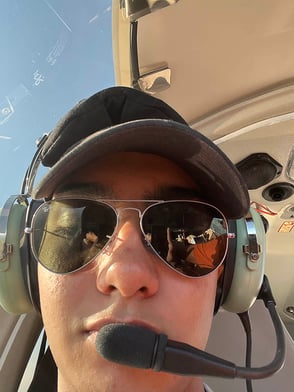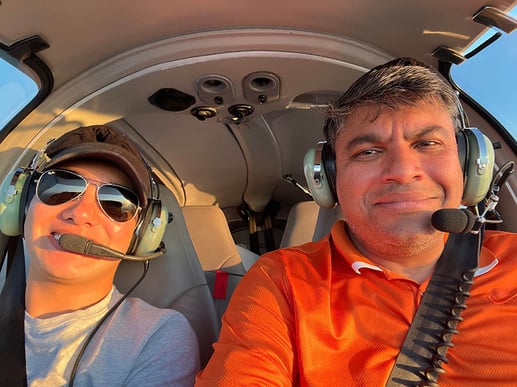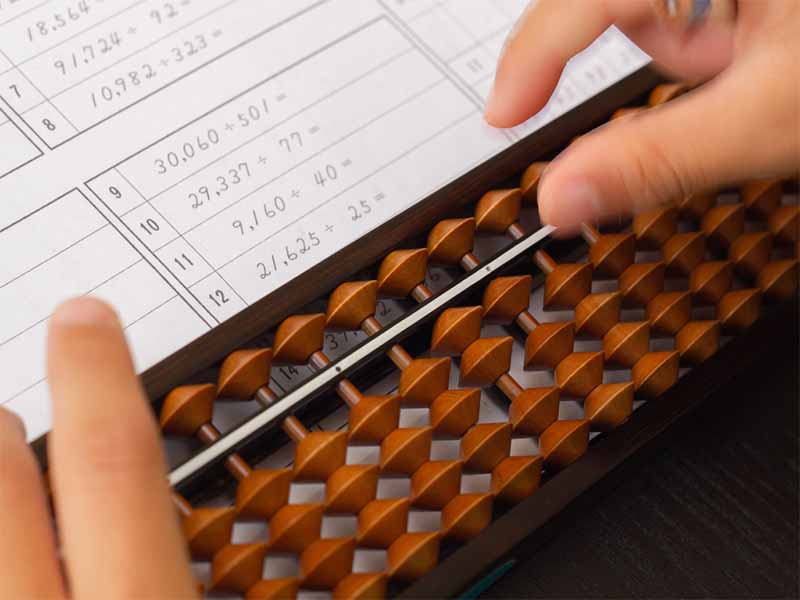 “Solberg-Cessna: Turning final,” I announce on the radio.
“Solberg-Cessna: Turning final,” I announce on the radio.
I am on my first solo flight. All alone. No instructor. No help. Just me. The cool blast from the plane’s air vent and the engine’s rumble slowly reduce as I pull back on the power. My left foot gently pushes the rudder pedal in sync with my left hand turning the yoke — the plane slowly banks to final. I line up with the runway and reach for a small worn-down button that lowers the flaps. I push it and the plane slows to a glide.
I have always been fascinated with flight — the helicopters flying overhead, the massive jets glimpsed through the airport terminal windows, how pilots fly such machines, and what makes them work. The spectrum of aviation has always been an interest of mine. While it is an interest, it was also a fear. The fear didn’t stem from a phobia of flight or heights, but family history. My grandfather died in a helicopter crash over the Himalayan Mountains. The incident was accidental with little chance recurring, but it planted fear within me that I was unable to ignore.
Learning to fly was more than about furthering my interest in aviation, I wanted to learn how to fly to overcome my fear and to prove to myself that I was capable of doing more. That I could do whatever I set my mind to. Yet, it was also a challenge. Not only was the thought of the helicopter crash ever-present in my mind, there were also the basic skills required for aviation that I lacked — notably, the ability to land the plane. Each time I attempted to land, I was too high, too low, or completely off the glide slope that would allow for a safe landing. Indisputably, I wasn’t on the path to becoming a good pilot.
My thoughts while landing are going faster than the speed of light. What would happen if I was too low? What would happen if I was too high? My thoughts were everywhere but landing the plane. My flight instructor noticed this. He showed me that my problem with flying wasn’t the technical understanding (airspeed, flaps, or radio transmissions), but understanding how the plane will react to my inputs and that of the environment. I wasn’t feeling the aircraft. “You need to be able to internalize it…”, he said.
That stood out to me, I could never become a pilot if I wasn’t able to internalize the aspects of flight.
This concept, that of internalizing a topic to master it, is something that I have attempted to apply to multiple aspects of my life. With math, for example, I study by internalizing; I try to understand not only how to do the topic I am being taught, but how it works, how it affects my life, and how I can apply it outside of school. The same goes for other subjects — I try to understand not only what I need to get a good grade in school, but how I can apply it to my life outside of school.
 With Genie Academy founder Mohit Jain
With Genie Academy founder Mohit Jain
My left hand pulls back on the yoke and my right hand grasps the throttle. An electronic beep indicating the stall warning blares over the sound of the engine. With a thud, the plane lands, barreling down the runway as I try to slow it down before the turn-off point. I slowly press on the brakes, coming to a near halt just before the turn off point. The engine rumbles slowly to an idle as I let off the brakes and taxi off the runway.
“Solberg - Cessna: Clear - runway 21... Solberg”, I announce on the radio. I had finally landed without the help of my instructor. I had internalized landing.





